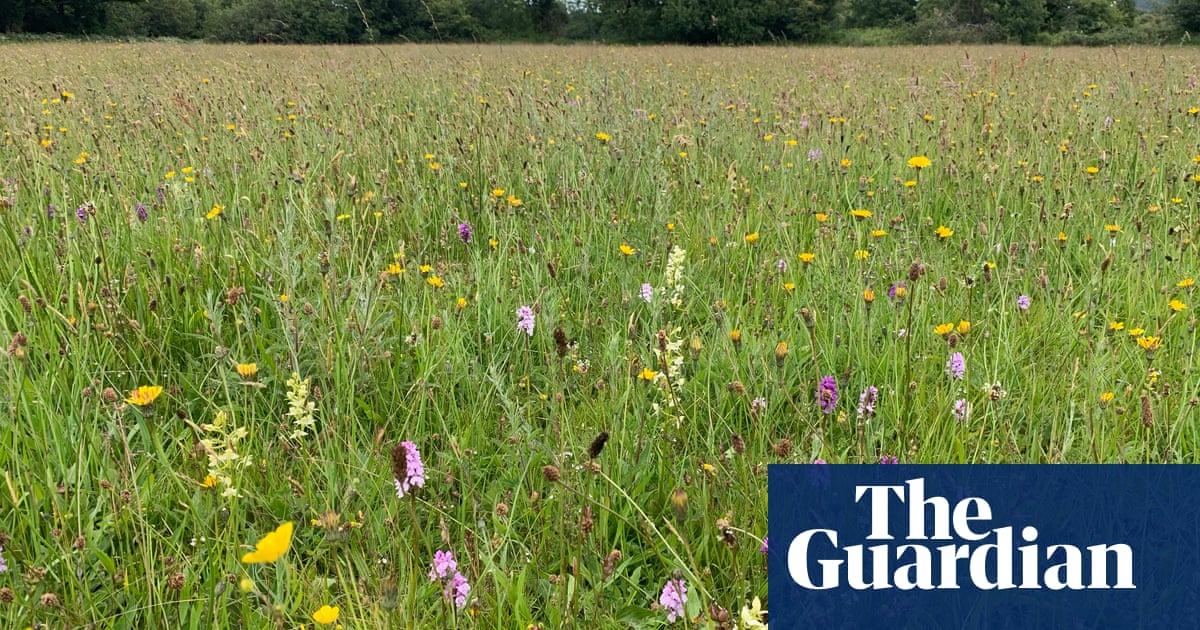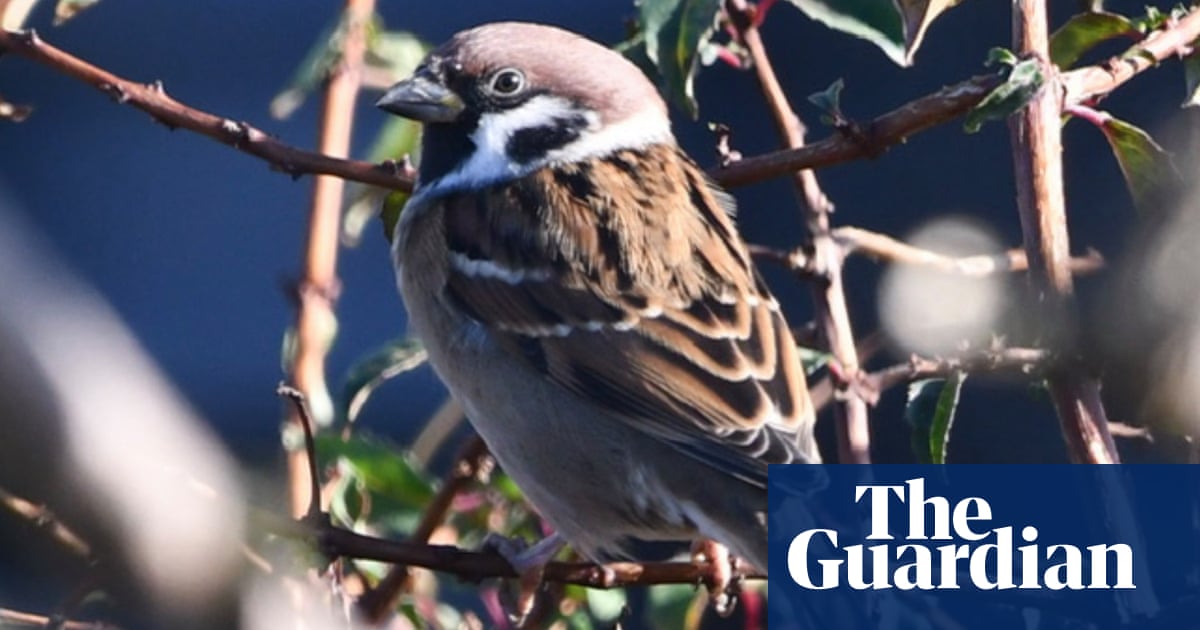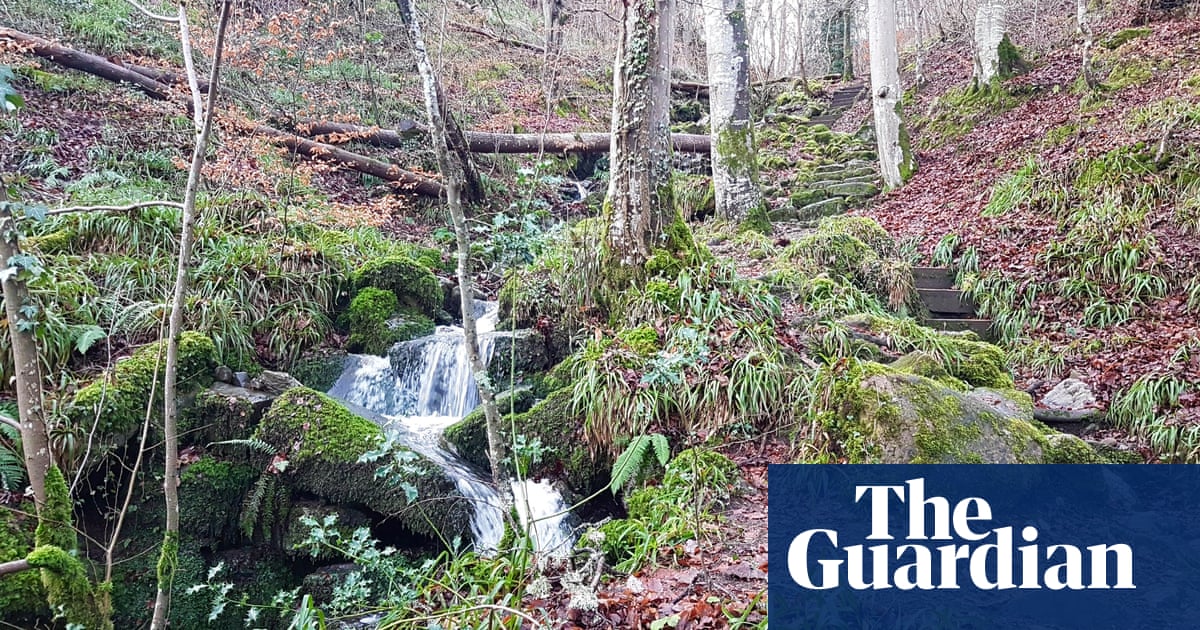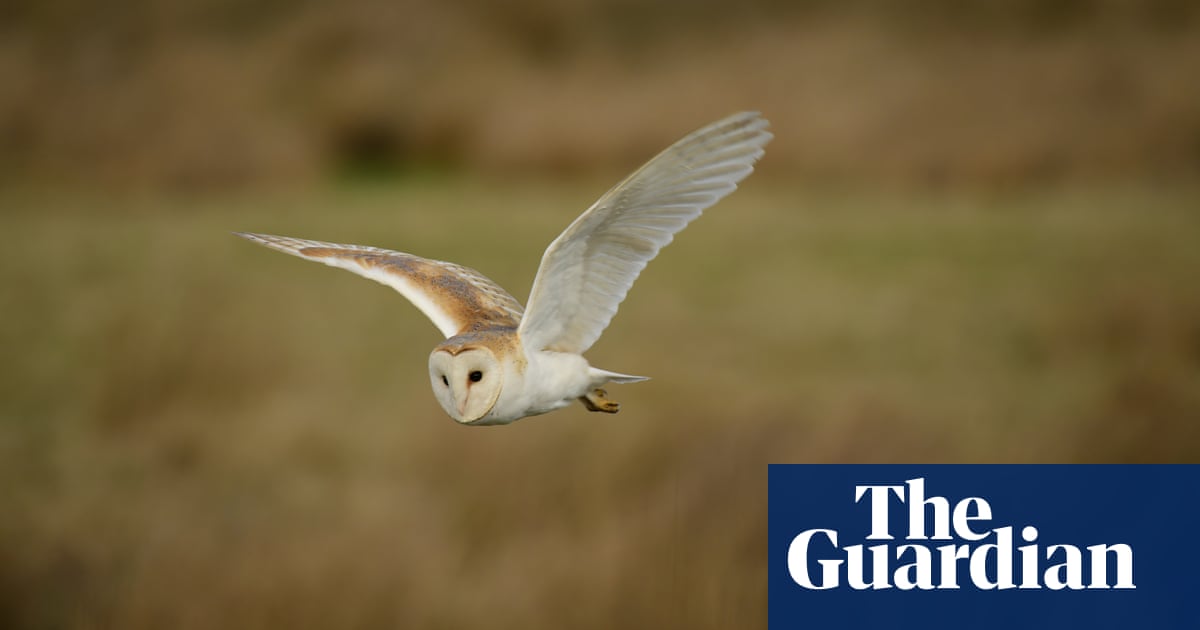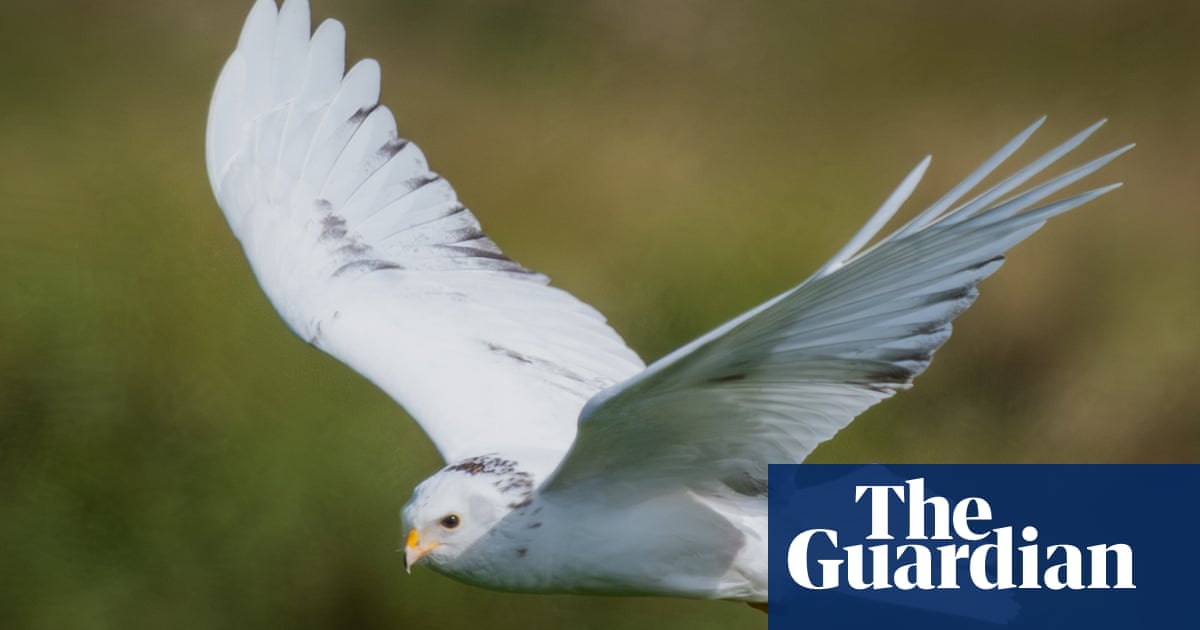
It’s not every day that I see something that I’ll remember for the rest of my life. My sister and niece are over on holiday, and during an amble along the coast we witnessed what will perhaps be the greatest ornithological sighting I will ever make from home: a ghostly all-white hen harrier.
To see any hen harrier is a sight to behold, even here on the Isle of Man where we boast some 38 pairs – surely the highest breeding density across all of Britain and Ireland. On a summer walk in the Manx hills I would be amazed not to see one. But down along the rocky coast by our home I rarely see them. To be precise (being among the peculiar type who keeps notes of such things), I have only seen a hen harrier from home three times before, despite them breeding only a stone’s throw away.
All three of us saw the leucistic (unpigmented) bird – a reassuring fact when you can’t quite believe your eyes. It flew slowly along the cliffs in deadly, unnerving silence. Where were the crowds with their long lenses? Aghast, we enjoyed this private yet all-too-brief encounter until the bird flew out of view over Laxey, a village of some 1,800 residents, of whom I bet not a single one noticed. How can something so conspicuous be so rarely reported on such a small island?
I have counted hundreds of harriers coming in to roost at nightfall over many a dreary winter’s day, a two-hour-long task that makes you question your sanity. Earlier this summer, after induction into the ornithological inner sanctum, I spent many late evenings monitoring their nests on the Manx hills, an area that BirdLife International has deemed to be of global significance for this species. Yet despite this, I had never seen a leucistic one.
Gratified, we continued our bimble almost as if the moment had never happened. My young niece lives in Yorkshire, so – regrettably – this was her first hen harrier sighting. She should see them breeding on the moor up behind her house, but it lies empty, largely due to the existence of driven grouse moors; these harriers are Britain’s most persecuted raptor. Thankfully here on our little island they find refuge among our serene, heather-clad hills, far from the danger of the moors that are just discernible across the sea on a summer’s day.






